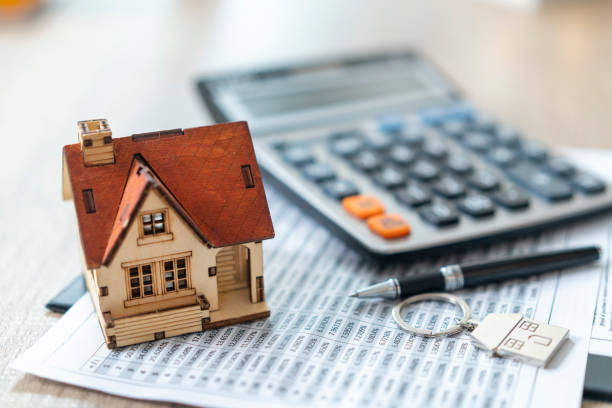
The third decade of life is often portrayed as a period of consolidation: careers advance, families grow, and financial foundations solidify. Yet for ...
Read More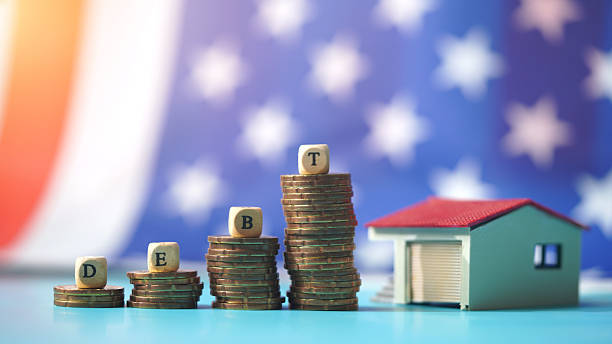
The trajectory of overextended personal debt is a story told in chapters, each defined by the unique pressures and perils of a different decade. It is...
Read More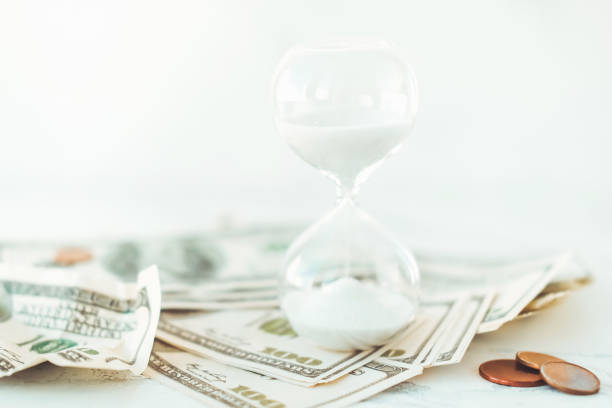
The burden of student loan debt represents a uniquely formidable contributor to the crisis of overextension, particularly for individuals in their pri...
Read More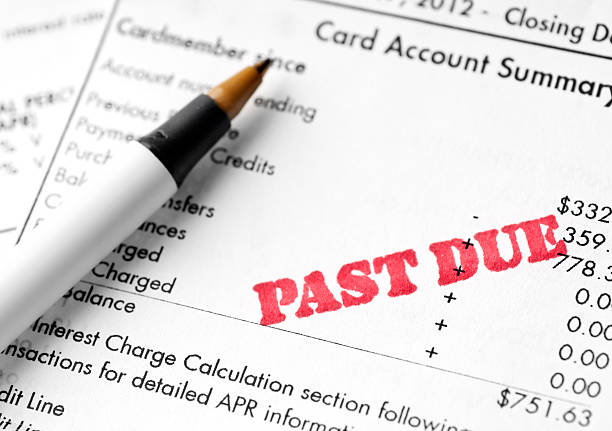
Are you managing your debt? Or is it managing you? If you're stuck in a money quicksand trap, you may not even realize at first that you're in a finan...
Read More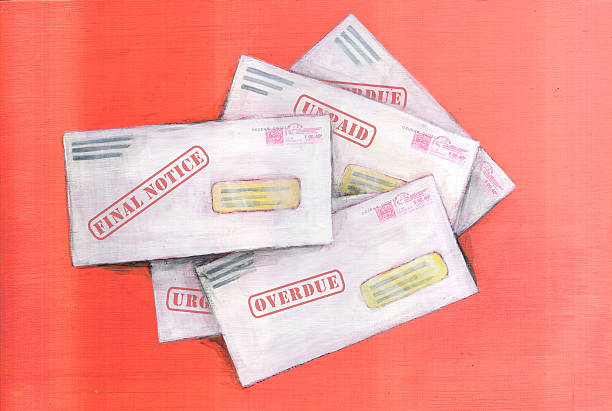
- Start by taking inventory of all your outstanding debts. - Look for ways to maximize your disposable income so you can put more money towards your ...
Read More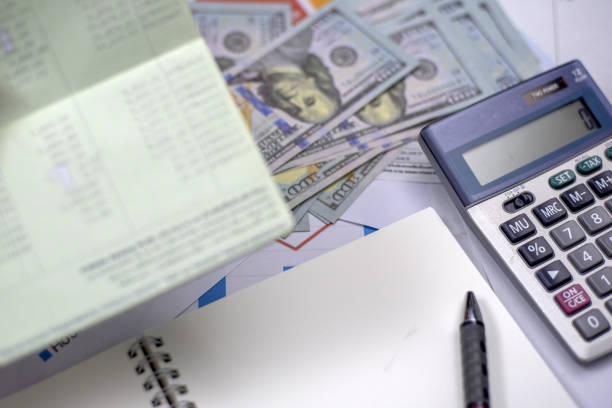
Entering one’s twenties often marks the beginning of true financial independence, a period of exciting possibilities juxtaposed with significant eco...
Read MoreCompanies typically charge fees based on a percentage of the enrolled debt or the amount saved through settlement. These fees can range from 15% to 25% of the total debt enrolled and are often charged regardless of whether a settlement is successful.
Being overextended means your debt obligations have grown to a point where they are unsustainable based on your income. It signifies that a significant portion of your monthly cash flow is dedicated to making minimum payments, leaving little room for living expenses, savings, or emergencies.
Do not acquire new debt solely to improve your credit mix. The risks of deepening your financial crisis massively outweigh the potential, minor benefits. Manage the debt you have excellently, and your credit mix will improve naturally as your overall financial health recovers.
Lifestyle inflation, also known as lifestyle creep, is the tendency to increase your spending as your income rises. Instead of saving or investing the extra money, it gets absorbed into a more expensive lifestyle, leaving your savings rate stagnant and making you more vulnerable to debt.
Non-profit agencies focus on education and counseling, often offering DMPs with reduced interest rates and waived fees. For-profit settlement companies aim to negotiate lump-sum settlements for less than you owe, which can severely damage your credit and involve high fees.